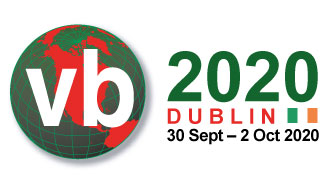Posted by on Jan 14, 2020
We recently opened the call for papers for VB2020, which is to take place 30 September to 2 October in Dublin, Ireland. The deadline for the call for papers is Sunday 15 March.

We are often asked how the selection procedure works, and since we believe in transparency, and since an explanation of what we are looking for may actually help you submit better abstracts (which in turn will help us to put together a better conference), we decided to outline the process here.
The first thing to note is that our goal is to put together the best conference possible. While this may sound obvious, it is not the same as simply selecting the best abstracts, or the abstracts that score the most highly among our reviewers (more on which later).
For Virus Bulletin, the 'best' conference means a broad set of talks about the threats that we're facing and the things we're doing to mitigate them – things that are usually grouped together under the term 'threat intelligence'. From discussions of APT operations to botnet analyses, and from details of threat analysis tools to ways to harden an organisation's network.
On top of this, we believe that the conference benefits from talks that discuss issues that affect the industry as a whole, and talks that just seem very interesting for the audience. Last year's conference, for example, had talks on medical IoT devices, as well as a session focusing on the mental health issues facing those working in security, and on child sexual abuse material.
In order to achieve our goal, the selection procedure consists of two phases:
We think this two-phase approach helps us to achieve our goals. We like to treat the selection procedure more like an interview process than a competition, and would encourage submitters to do the same: try your best when writing the abstract, be as clear as possible, and make sure that you can deliver what you promise.
Finally, here are some tips that may be helpful: